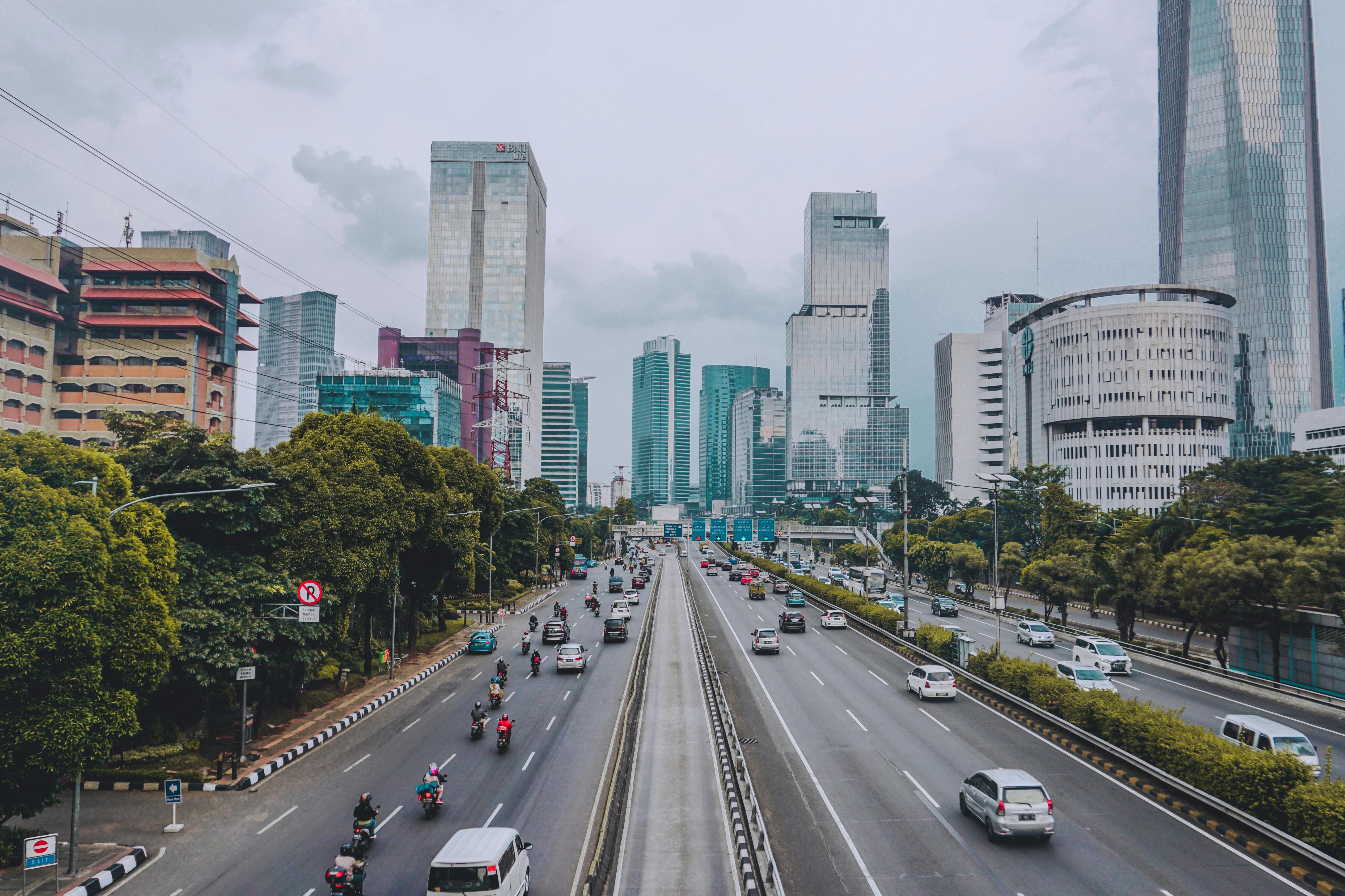Unlocking Freedom with Second Chance Motorcycle Financing
Dreaming of the open road but worried your credit history might stand in the way? You’re not alone. Second chance motorcycle financing has become an essential path for riders who want to own a bike but face financial hurdles. In this guide, you’ll learn everything from basic principles to advanced strategies, empowering you to take control of your motorcycle ownership journey—regardless of past credit challenges.

Understanding the Fundamentals
Second chance motorcycle financing refers to loan options tailored for individuals with poor or no credit history. Unlike traditional lenders, these programs focus on helping borrowers rebuild trust and financial standing while enabling them to make a major purchase.
Historically, getting a motorcycle loan with bad credit was nearly impossible. However, modern lenders have embraced risk-tolerant models to help a broader audience access the freedom of motorcycle ownership.
1.1 What Is Second Chance Financing?
Second chance financing is designed for borrowers who have faced bankruptcy, repossession, or other credit setbacks. It typically comes with higher interest rates and stricter terms—but also with opportunities for credit rehabilitation. According to TransUnion, over 30% of subprime borrowers now successfully finance vehicles.
Real-world application: A rider with a 550 credit score might secure a motorcycle loan with a higher down payment, consistent monthly payments, and ultimately use this loan to improve their credit rating.
1.2 How It Differs from Traditional Financing
While traditional motorcycle loans require high credit scores and low debt-to-income ratios, second chance programs prioritize proof of income, stable employment, and willingness to commit to payments. This makes them more accessible.
For example, instead of denying a loan outright, second chance lenders might request a co-signer or require collateral—offering a middle ground between complete denial and high-risk approval.
Practical Implementation Guide
Applying the fundamentals of second chance motorcycle financing begins with preparation. Understanding lender requirements, improving credit scores, and budgeting correctly are all essential steps. With discipline, even those with poor credit can secure motorcycle ownership within months.

2.1 Actionable Steps
- Check and understand your credit report: Review it for inaccuracies and dispute any errors before applying.
- Gather documentation: Pay stubs, utility bills, and identification are often required for approval.
- Create a budget: Determine how much bike you can realistically afford, including insurance and maintenance.
2.2 Overcoming Challenges
Common obstacles include high interest rates, large down payments, and limited vehicle selection. To overcome these:
- Shop around for lenders specializing in second chance financing.
- Consider certified pre-owned bikes to reduce upfront costs.
- Offer a larger down payment to reduce loan risk.
Expert tip: Avoid predatory lenders by reading all contract terms carefully and seeking reviews from previous borrowers.
Advanced Applications
Once you’ve secured your first loan and begun rebuilding credit, you can explore more sophisticated financing strategies. These methods maximize value and lower long-term costs, making your financial journey more efficient.

3.1 Refinancing Options
After a year of on-time payments, many borrowers qualify for refinancing at better rates. Case studies show that refinancing can reduce monthly payments by 15–25%, helping riders save significantly over the loan term.
Metrics from Experian suggest that timely loan repayments can improve credit scores by up to 100 points within 18 months, opening doors for traditional financing options in the future.
3.2 Leveraging Equity and Trade-Ins
As you pay down your loan, your bike builds equity. This can be used as a down payment on a better bike or to secure additional loans. Some riders also use trade-in deals to consolidate debt or upgrade motorcycles without added credit hits.
Ensure any trade-in is evaluated fairly and that you don’t roll negative equity into a new loan, which could hurt your financial standing.
Future Outlook
The motorcycle financing landscape is evolving rapidly. Digital lenders, AI credit scoring, and blockchain-based verification systems are making second chance financing more transparent and accessible.
Over the next 3–5 years, expect to see automated underwriting tools that factor in rental and utility history, giving more people access to motorcycle financing. Riders should stay informed, build financial literacy, and leverage new tools to secure better terms.
Conclusion
Key takeaways: First, second chance motorcycle financing is not a dead end—it’s a launchpad. Second, with consistent payments, borrowers can rebuild credit. Third, refinancing and trade-ins offer valuable long-term advantages.
If you’re ready to hit the open road, don’t let past credit hold you back. Start exploring second chance motorcycle financing options today and reclaim your financial independence.
Frequently Asked Questions
- Q: What is second chance motorcycle financing? It’s a loan option designed for individuals with poor or limited credit, helping them buy a bike and rebuild credit at the same time.
- Q: How do I get started? Begin by checking your credit, gathering income documents, and researching lenders that specialize in second chance loans.
- Q: How long does the process take? It varies, but many applicants receive approval within 2–7 days depending on lender requirements and documentation.
- Q: How much does it cost? Interest rates can range from 10% to 29%, with down payments from $500 to $2,000 depending on the lender and your credit profile.
- Q: How does this compare to traditional loans? While traditional loans offer lower rates, second chance options provide access where others won’t—at the cost of higher APRs.
- Q: Is this hard to qualify for? Not necessarily. Proof of income, stable employment, and a willingness to pay are often enough to get approved.
- Q: Are there industry-specific benefits? Yes. Delivery drivers, gig workers, and rural residents benefit from motorcycle access as affordable, efficient transportation for work.
